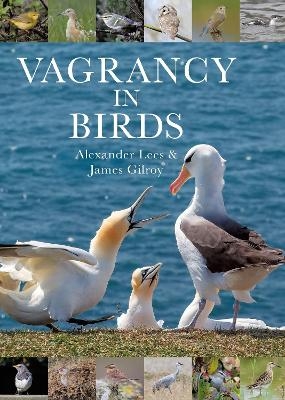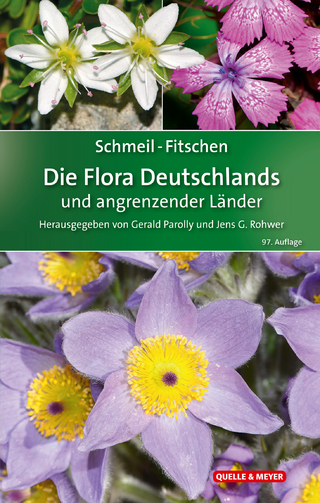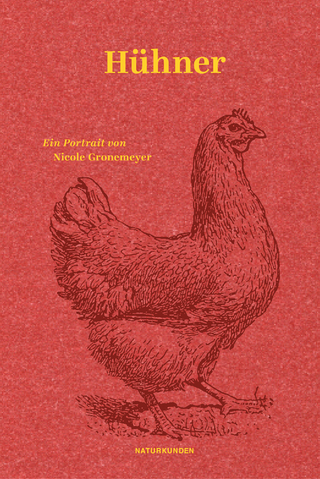
Vagrancy in Birds
Helm (Verlag)
978-1-4729-6478-6 (ISBN)
The first comprehensive coverage of a subject that has fascinated natural historians for centuries.
Avian vagrancy is a phenomenon that has fascinated natural historians for centuries. From Victorian collectors willing to spend fortunes on a rare specimen, to today’s high-octane bird-chasing ‘twitchers’, the enigma of vagrancy has become a source of obsession for countless birders worldwide.
Vagrancy in Birds explores both pattern and process in avian vagrancy, drawing on recent research to answer a suite of fundamental questions concerning the occurrence of rare birds. For each avian family, the book provides an in-depth analysis of recent and historical vagrancy patterns, representing the first comprehensive assessment of vagrancy at a global scale. The accounts are accompanied by hundreds of previously unpublished images featuring many of the most exceptional vagrants on record.
The book synthesises for the first time everything we know about the subject, making the case for vagrancy as a biological phenomenon with far-reaching implications for avian ecology and evolution.
Alexander Lees is a Senior Lecturer in Biodiversity at Manchester Metropolitan University, a Lab Associate of the Cornell Lab of Ornithology and serves on both the British Ornithologists' Union Records Committee (BOURC) and the Brazilian Ornithological Records Committee (CBRO). Alex has written over one hundred academic papers in addition to many popular ornithology articles, and his research focuses primarily on understanding how birds respond to environmental change, particularly in the Amazon where he has been working for the last 17 years. Alex now lives in the Derbyshire Peak District, arguably not the finest place to find vagrants, but hasn’t given up hope yet. James Gilroy is a Lecturer in Ecology at the University of East Anglia. His childhood fascination with bird migration led him into a career studying the long-distance movements of animals, and how these movements are changing in in response to human impacts. Since completing his PhD in the UK, he has worked in many countries around the world, including spending several years at Rutgers University in New Jersey and the Norwegian University of Life Sciences in Oslo, as well as long spells in the tropics. He remains an obsessive birder and vagrant-hunter (when time allows!), and still pores religiously over weather charts in an effort to predict the arrival of interesting species in his local area.
Acknowledgements
Scope of the Book
How Birds Navigate
Vagrancy through Compass Errors
Wind Drift and Vagrancy
Overshooting
Extreme Weather and Irruptions
Vagrancy and Natural Dispersal
Human-driven Vagrancy
Consequences of Vagrancy for Species and Ecosystems
Family Accounts
Avian Vagrancy in an Era of Global Change
References
General Index
Species Index
| Erscheinungsdatum | 11.07.2023 |
|---|---|
| Zusatzinfo | 360 colour photos |
| Verlagsort | London |
| Sprache | englisch |
| Gewicht | 1270 g |
| Themenwelt | Sachbuch/Ratgeber ► Natur / Technik ► Naturführer |
| Naturwissenschaften ► Biologie ► Ökologie / Naturschutz | |
| Naturwissenschaften ► Biologie ► Zoologie | |
| ISBN-10 | 1-4729-6478-0 / 1472964780 |
| ISBN-13 | 978-1-4729-6478-6 / 9781472964786 |
| Zustand | Neuware |
| Haben Sie eine Frage zum Produkt? |
aus dem Bereich


